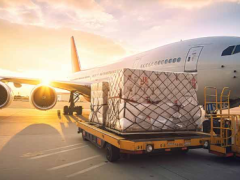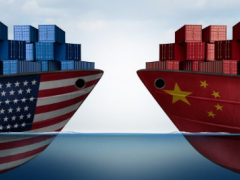The proposed merger of the shipping line bodies, the Transpacific Stabilisation Agreement (TSA) and the Westbound Stabilisation Agreement (WTSA), into one agreement from April 14 would give carriers an opportunity to reduce overhead and redundancies, reports the Journal of Commerce (JOC). Even more so, the single discussion group would focus carrier efforts on round-trip economics in the US-Asia trades. The shipping alliances cover both the eastbound and westbound transpacific trades. The expanded TSA will comprise 15 container shipping lines, including the world’s top three, after the proposal gained the support of the US regulator, the Federal Maritime Commission (FMC). Meantime, the National Industrial Transportation League (NITL) urged the FMC to “carefully” review the proposed merger to ensure shippers aren’t disadvantaged. The FMC has asked the Transpacific Stabilization Agreement, representing carriers in the Asia-to-US market, for more information on the TSA’s proposal to expand its jurisdiction to include export trades handled by members of the Westbound Transpacific Stabilization Agreement. The TSA and WTSA are discussion agreements whose members have antitrust immunity to discuss and set voluntary rate guidelines. They may not jointly set rates. The NITL said it was not challenging or objecting to the TSA-WTSA merger, but wants the FMC to “exercise all due diligence to ensure that the proposed amendment to the TSA does not impede the ability of US companies to have fair and competitive services in these important trade lanes”.












